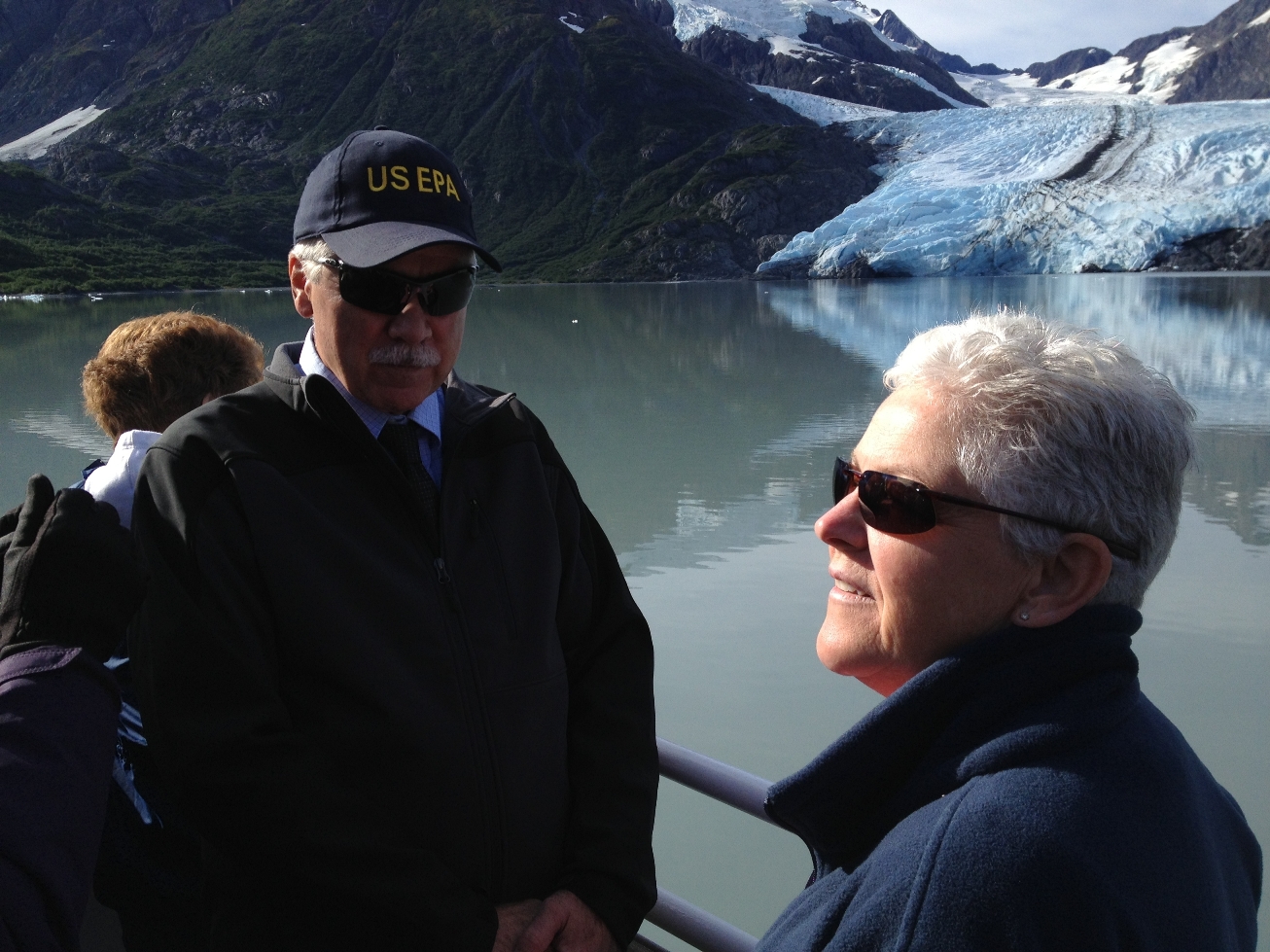It All Starts with Science: Answering Questions about Mining in Bristol Bay, Alaska
Considering the scope of resources in Bristol Bay – a 37.5 million average annual run of sockeye salmon; $480 million in ecosystem-generated economic activity in 2009; 14,000 full- and part-time jobs from that activity; and 11 billion tons in potential copper and gold deposit – it is no wonder there was significant interest in an EPA science assessment to understand how wild salmon and water resources in the Bristol Bay watershed might be impacted by large-scale mining operations. The public comment periods generated 230,000 responses on the first draft of the assessment, and 890,000 on the second.
This week, after reviewing all those comments and formal peer review by 12 scientists with expertise in mine engineering, fisheries biology, aquatic biology, aquatic toxicology, hydrology, wildlife ecology, and Alaska Native cultures, EPA released its final report, “An Assessment of Potential Mining Impacts on Salmon Ecosystems of Bristol Bay, Alaska.”
More than three years ago, several Bristol Bay Alaska Native tribes requested EPA take action under the Clean Water Act to protect the Bay and its fisheries from proposed large-scale mining. Other tribes and stakeholders who support development in the Bristol Bay Watershed requested EPA take no action until a permitting process begins.



 By Nancy Stoner
By Nancy Stoner from people that caught and ate from what the river held. I saw huge king salmon that had just begun to swim upstream through these communities. I met many subsistence fishers, who divide their catch among elders and others who cannot catch fish, and prepare a winter’s supply of food for their families.
from people that caught and ate from what the river held. I saw huge king salmon that had just begun to swim upstream through these communities. I met many subsistence fishers, who divide their catch among elders and others who cannot catch fish, and prepare a winter’s supply of food for their families.